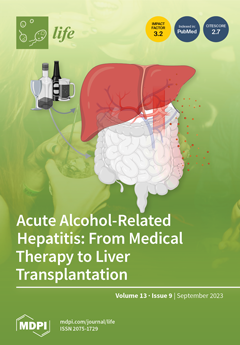Determining the antioxidant abilities and enzyme inhibition profiles of medicinally important plants and their oils is of great importance for a healthy life and the treatment of some common global diseases. Kiwifruit (
Actinidia deliciosa) oil was examined and researched using several bioanalytical methods comprehensively for the first time in this research to determine its antioxidant, antiglaucoma, antidiabetic and anti-Alzheimer’s capabilities. Additionally, the kiwifruit oil inhibitory effects on acetylcholinesterase (AChE), carbonic anhydrase II (CA II), and α-amylase, which are linked to a number of metabolic illnesses, were established. Furthermore, LC-HRMS analysis was used to assess the phenolic content of kiwifruit oil. It came to light that kiwifruit oil contained 26 different phenolic compounds. According to the LC-HRMS findings, kiwifruit oil is abundant in apigenin (74.24 mg/L oil), epigallocatechin (12.89 mg/L oil), caryophyllene oxide (12.89 mg/L oil), and luteolin (5.49 mg/L oil). In addition, GC-MS and GC-FID studies were used to ascertain the quantity and chemical composition of the essential oils contained in kiwifruit oil. Squalene (53.04%), linoleoyl chloride (20.28%), linoleic acid (2.67%), and palmitic acid (1.54%) were the most abundant compounds in kiwifruit oil. For radical scavenging activities of kiwifruit oil, 1,1-diphenyl-2-picryl-hydrazil (DPPH
•) and 2,2′-azino-bis(3-ethylbenzthiazoline-6-sulfonic acid) (ABTS
•+) radicals scavenging techniques were examined. These methods effectively demonstrated the potent radical scavenging properties of kiwifruit oil (IC
50: 48.55 μg/mL for DPPH
•, and IC
50: 77.00 μg/mL for ABTS
•+ scavenging). Also, for reducing capabilities, iron (Fe
3+), copper (Cu
2+), and Fe
3+-2,4,6-tri(2-pyridyl)-S-triazine (TPTZ) reducing abilities were studied. Moreover, kiwifruit oil showed a considerable inhibition effect towards hCA II (IC
50: 505.83 μg/mL), AChE (IC
50: 12.80 μg/mL), and α-amylase (IC
50: 421.02 μg/mL). The results revealed that the use of kiwifruit oil in a pharmaceutical procedure has very important effects due to its antioxidant, anti-Alzheimer, antidiabetic, and antiglaucoma effects.
Full article






